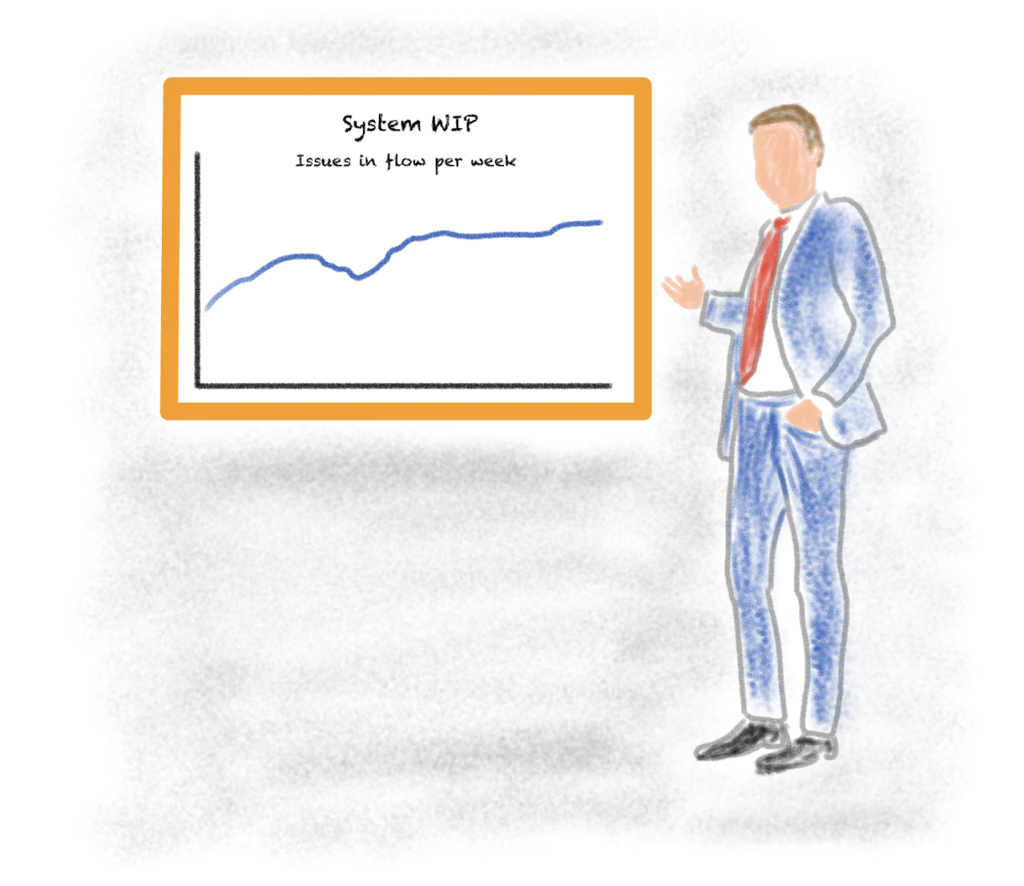In the bygone era of manufacturing, executives could simply walk the factory floor to gauge progress and identify problems. The sight of production lines in motion provided a tangible representation of work in progress. Executives could witness the assembly of products, observe the movement of materials, and identify bottlenecks with their own eyes. This visibility enabled stakeholders to address issues promptly, allocate resources effectively, and ensure the smooth operation of the production process.
In the realm of software development, where work unfolds in the hidden world of bits and bytes, achieving such visibility has long been a challenge. Development work unfolds in the digital realm, where lines of code replace assembly lines and physical components. Without tangible representations of progress, business stakeholders may struggle to understand the complexities of the development process, leading to misaligned expectations and missed opportunities.
Enter flow metrics – a digital equivalent to walking the factory floor, providing business stakeholders with real-time insights into the progress and performance of development work. Much like walking the factory floor, flow metrics enable stakeholders to track progress, monitor performance, and identify potential bottlenecks or challenges. By measuring key indicators such as velocity, efficiency, and distribution, flow metrics make development work tangible, enabling stakeholders to make informed decisions and drive positive outcomes for the organization.
By leveraging flow metrics, business stakeholders can achieve the same level of visibility and control in software development as they did in the era of physical product manufacturing. Whether it’s tracking the progress of projects, identifying areas for improvement, or ensuring alignment with strategic objectives, flow metrics provide stakeholders with the insights they need to succeed in the digital age.
In conclusion, flow metrics provide business stakeholders with near real-time visibility into the progress and performance of development work. By making development work tangible and accessible, flow metrics enable stakeholders to make informed decisions, drive alignment with strategic objectives, and achieve success in the digital era.

